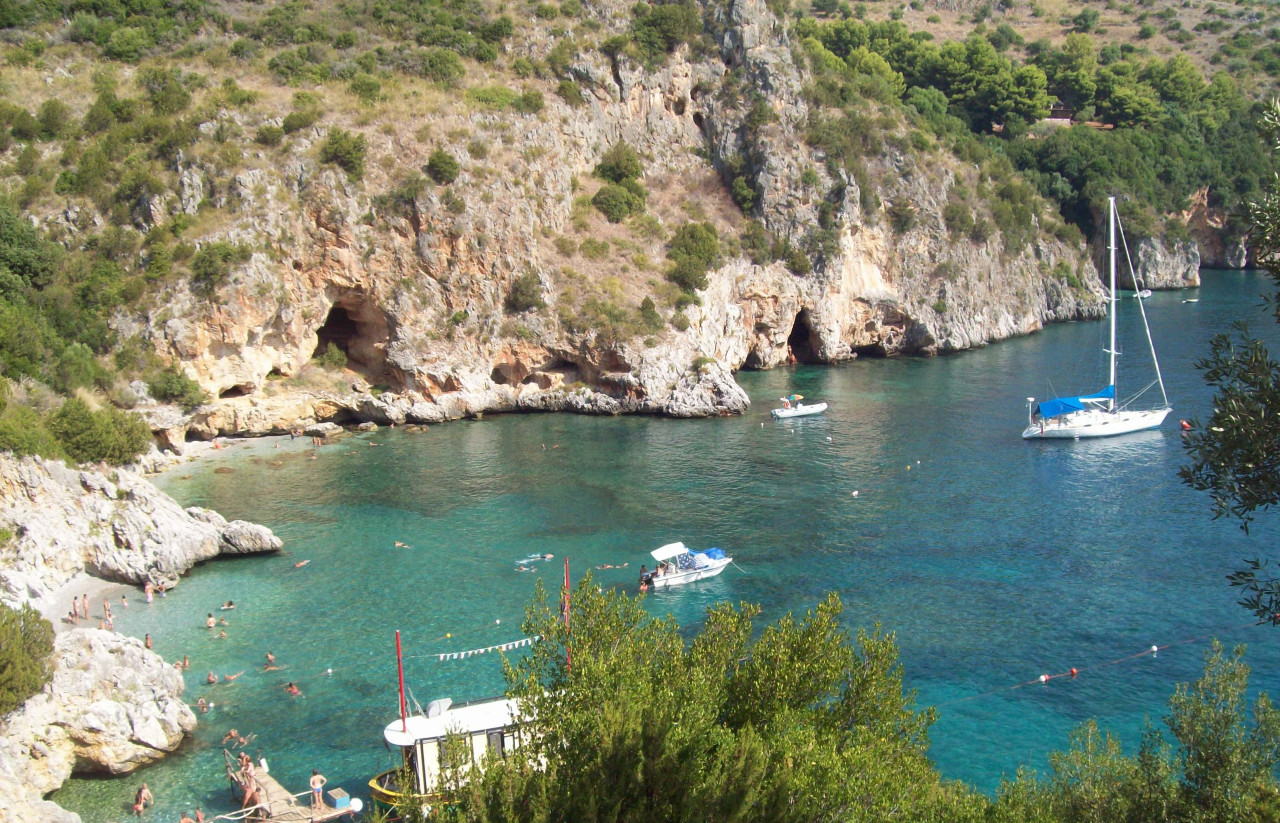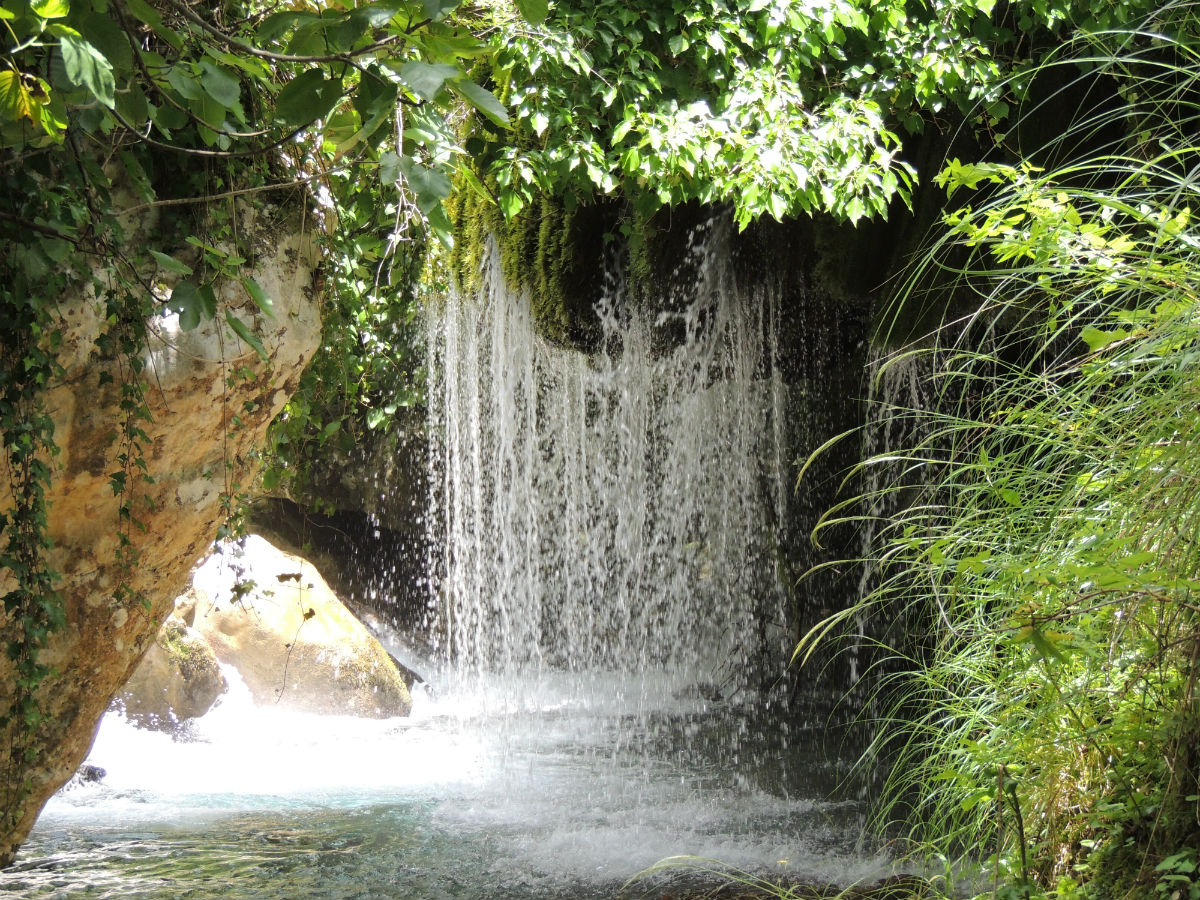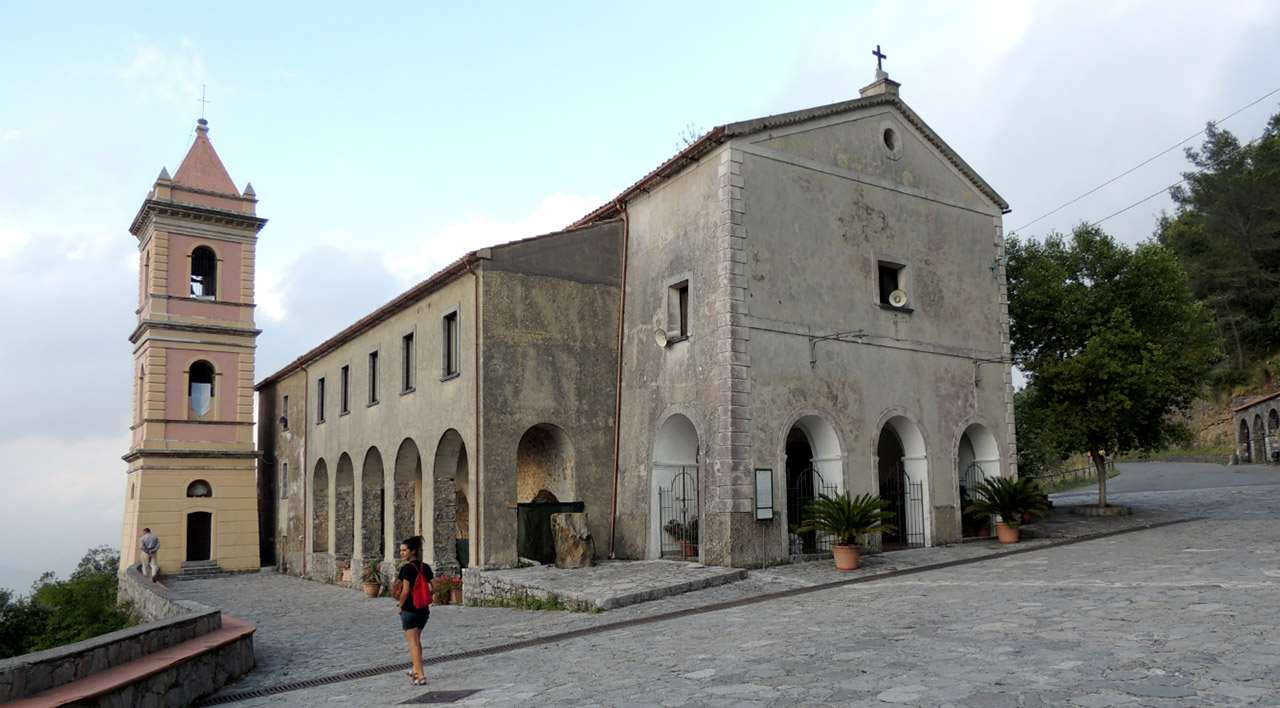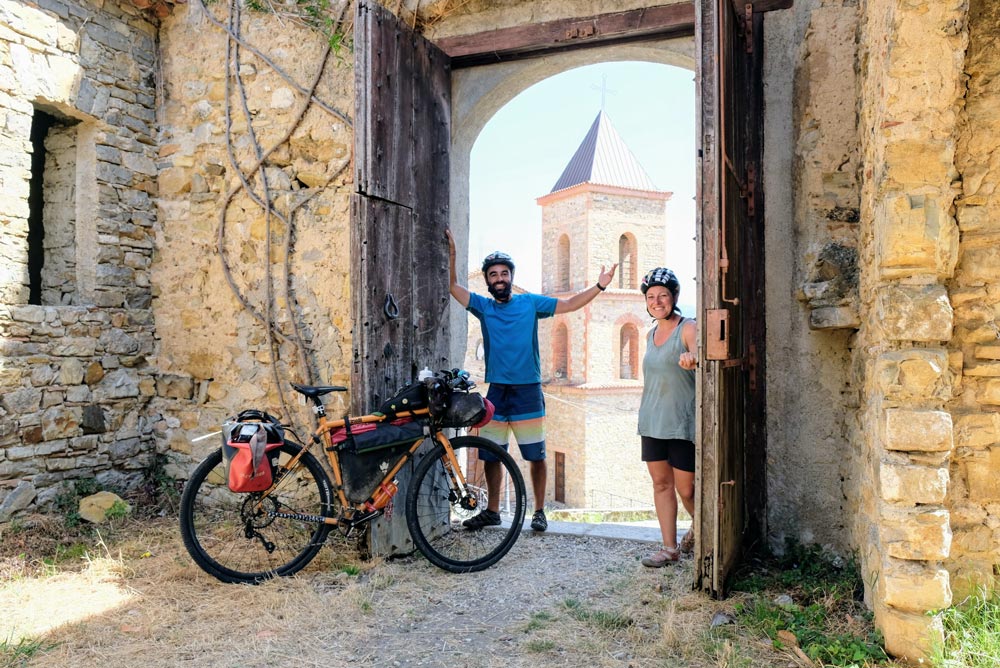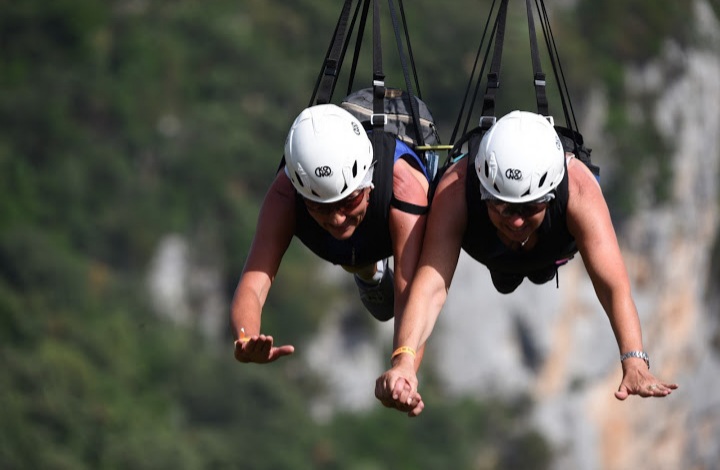Seeing a cycle-tourist fully clothed, with lycra shorts, technical boots, helmet and gloves, is not a very common sight; after all, cycle-tourism and cycling are two very different approaches to using the same medium. Yet when riding a bicycle, whether it is for a journey or for an 80-kilometer stage, the use of technical clothing helps tremendously and limits the damage related to the traveler’s health. In addition, dressing in a technical way means considerably decreasing the amount of garments to be worn and thus lightening the load on the bags. On a route of about 600 km along which the accommodations will give guests the opportunity to wash and dry clothes and equipment, two complete cycling changes in addition to the one you wear should be enough.
2 pairs of cycling shorts with reinforced bottoms (if you choose to ride the Via in winter, it will be good to have leggings that cover the legs by lengthening the short shorts)
2 short-sleeved shirts
1 a fleece jacket for when you reach the highest points of the Via Silente (Gelbison 1705m a.s.l. and Cervati 1898m a.s.l.)
1 breathable windproof jacket such as Windtex or Windstopper that allows the vapor produced by the body to breathe outward
1 lightweight, easy-to-carry rain jacket
1 pair of low hiking shoes with non-slip sculpted soles (can also be used during visits to the many karst structures along the trail)
1 pair of technical sandals to alternate with shoes
1 helmet + underhelmet bandana
1 pair of sunglasses
1 chain with padlock to securely tie the bike while stopping or visiting points of interest along the Via
2 flasks
2 spare inner tubes if not using self-repairing tubes
1 multi key bike kit
2 brake cables and spare parts
1 chain-snatcher and a couple of spare links
1 chain lubricant
1 mini pump
1 odometer
1 light camping tent + 1 sleeping bag (if you choose to sleep along the route in equipped areas or campsites)
Loading bags may seem like a simple operation, but it should still be done with a minimum of logic. Unnecessary items (souvenirs, body-cleaning bag, etc.) should be left at the bottom, and those that may be needed during cycling should be placed on the surface. Very important is also to balance the weight of the two rear panniers to prevent the bike from skidding. Another important feature of bicycle touring bags is waterproofing; in case you do not own waterproof bags, you can avoid getting your clothes wet by placing them in sealed plastic bags or using waterproof bag covers.

